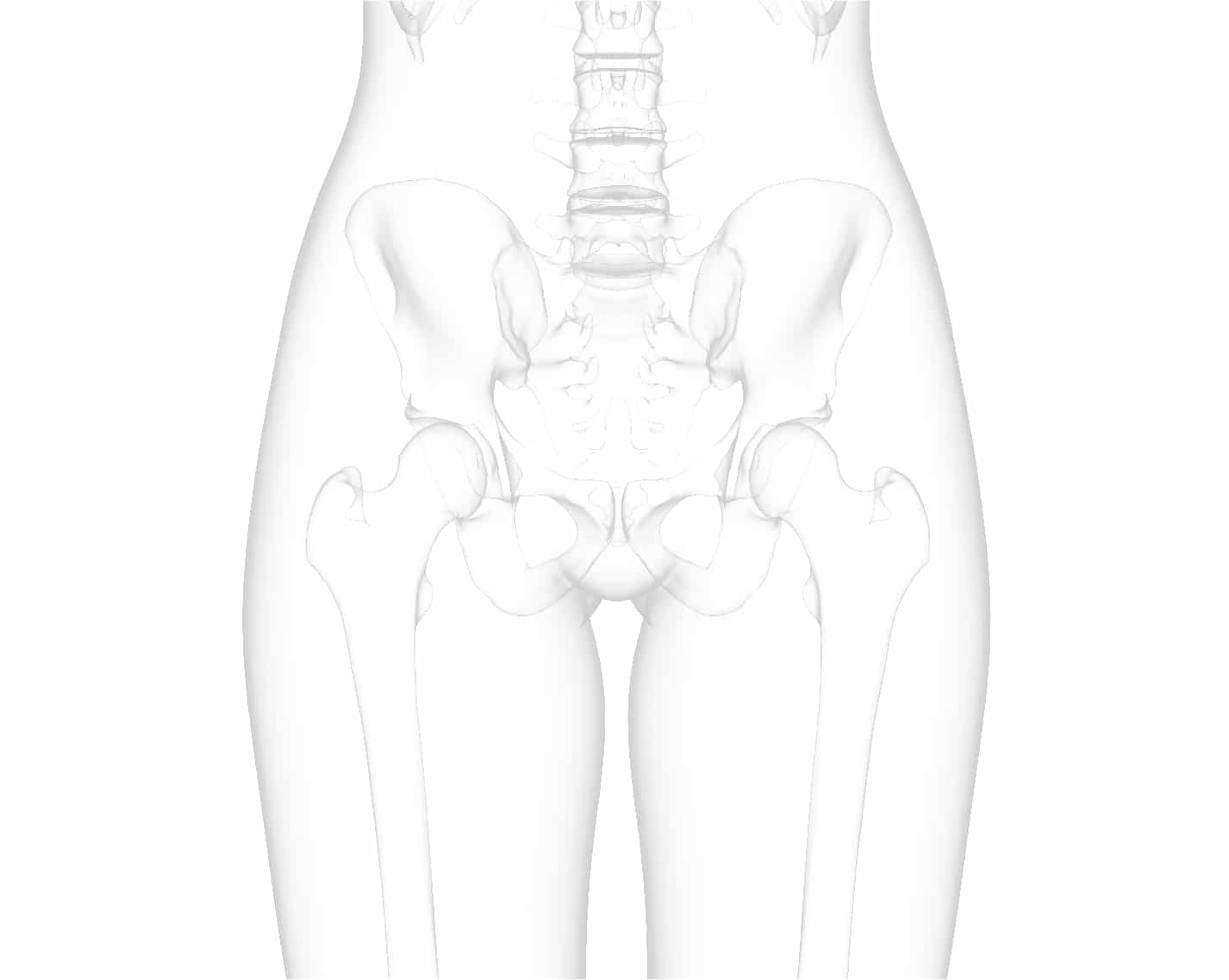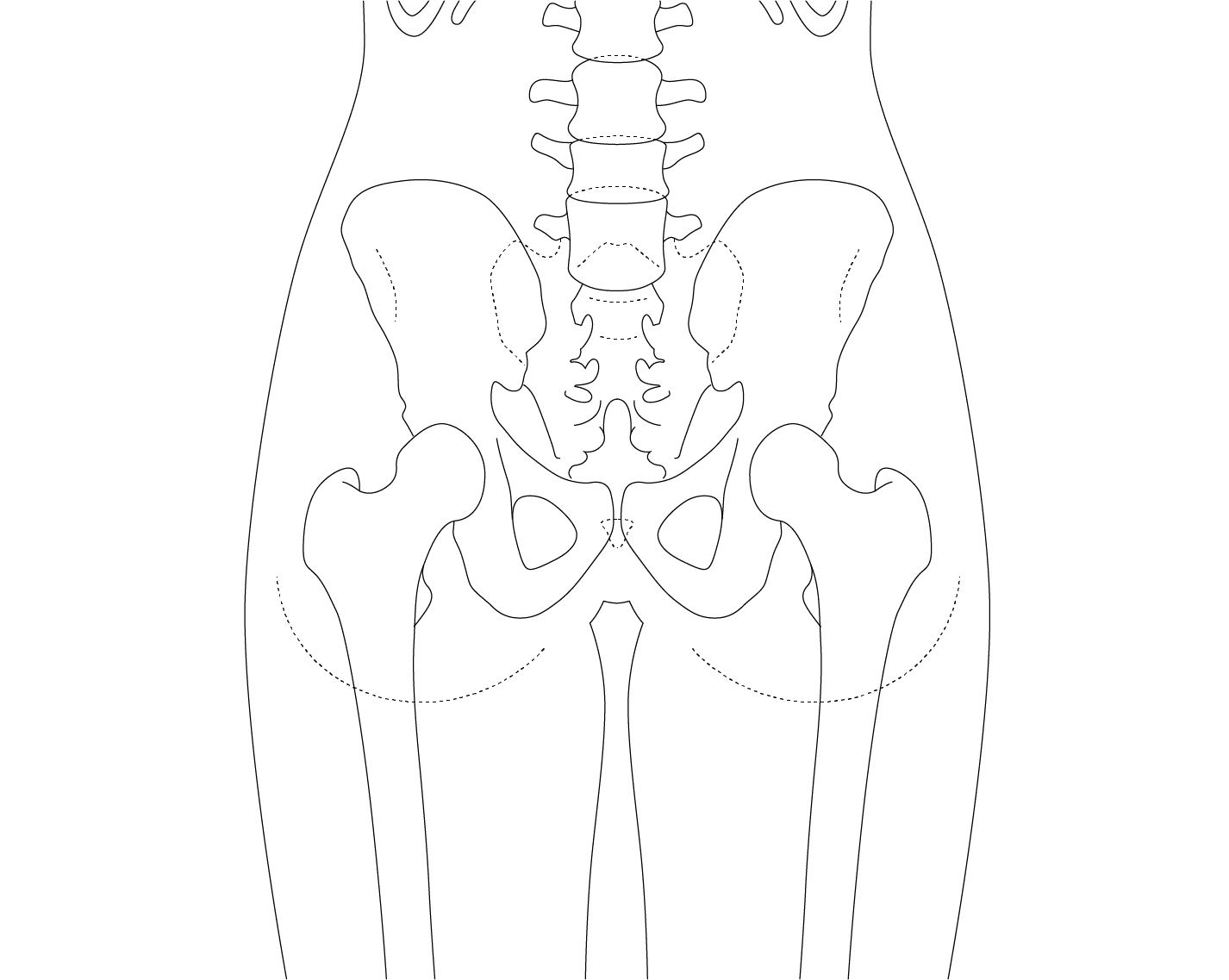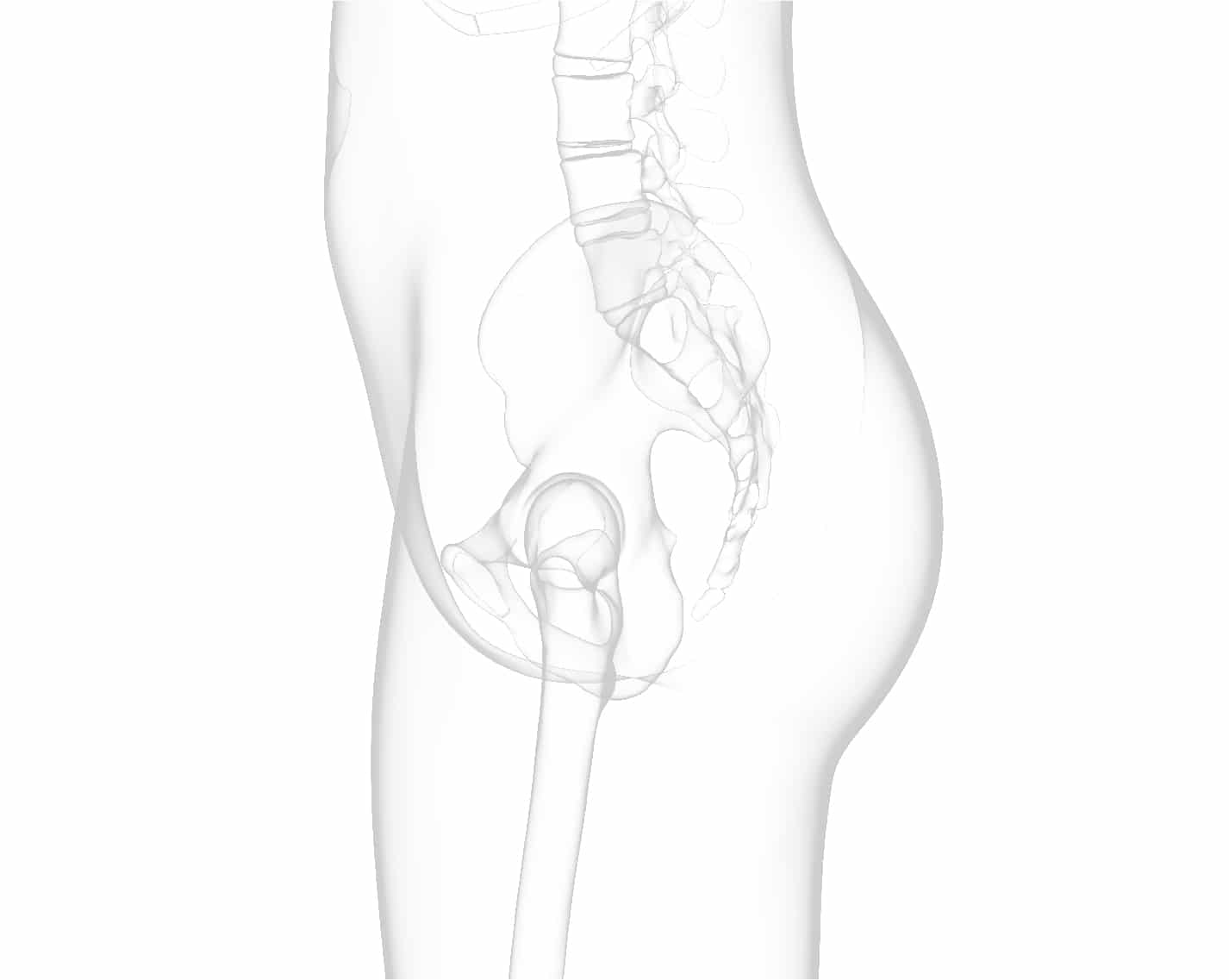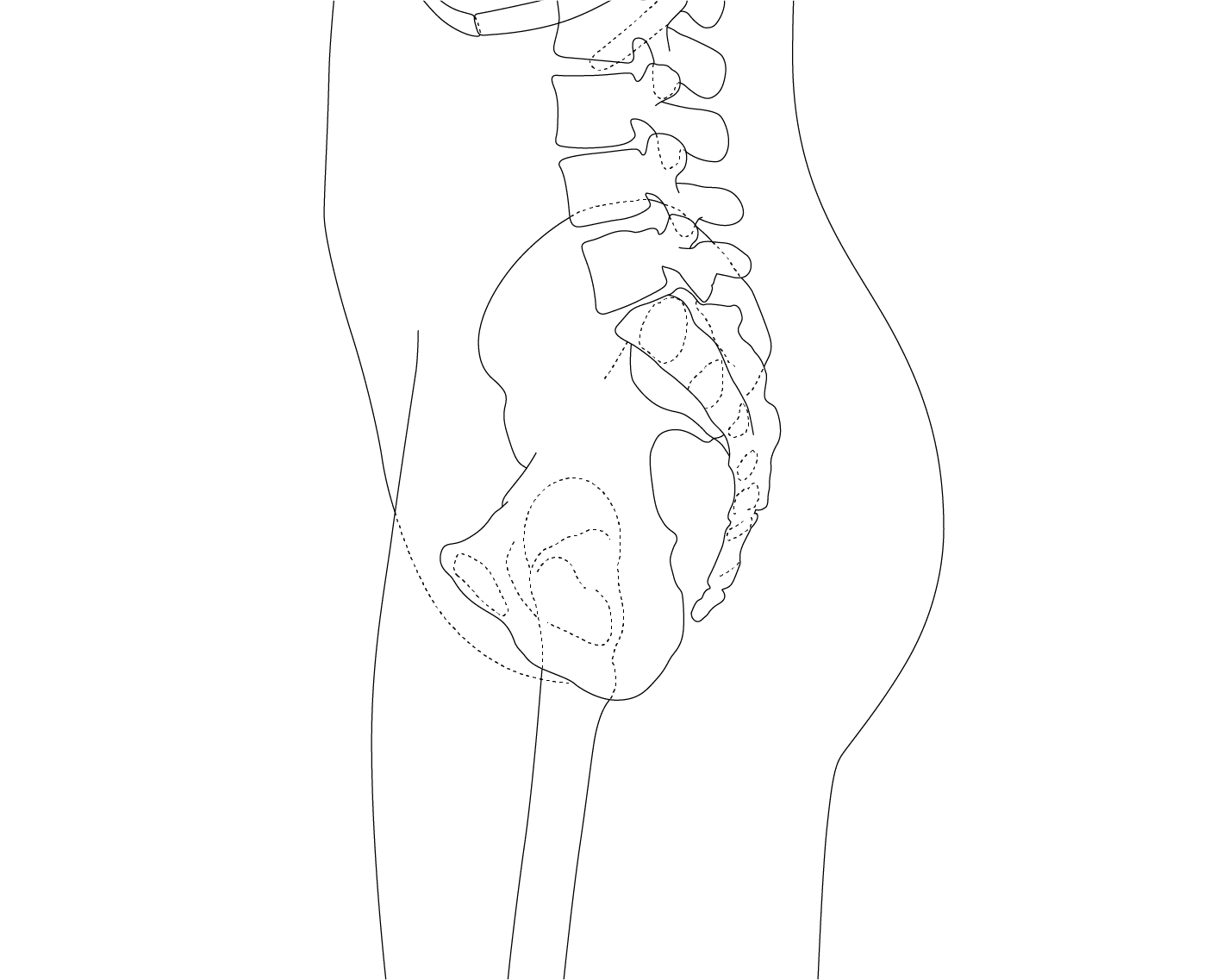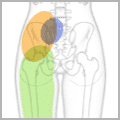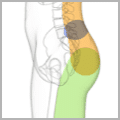Low back injuries are extremely common in the general population as well as in athletes. The lifetime incidence of back pain has been estimated at over 80% in the general population, generally increasing with age. Many sports seem to increase the likelihood of lumbar conditions, while other sports and the training associated with them may actually offer protection. A sedentary lifestyle and obesity are known to increase the chances of developing spinal problems but overuse and spinal loading are risk factors as well. For example, sports that involve repeated and unpredictable landing forces such as volleyball and horseback riding are associated with higher rates of disc degeneration and other types of structural breakdown.
The spine consists of 24 disc shaped vertebra stacked one above the next and separated by flat, discoid gelatinous “shock absorbers” called intervertebral discs. Degeneration of these structures is part of the normal aging process in humans, and normal loss of fluid within the discs results in gradual loss of height after middle age. In fact, it is estimated that adults lose approximately 1⁄2” per decade starting in their 50’s, and women lose more than men. Degenerative discs, arthritic spinal joints, strained soft tissue, herniated discs, and fractured vertebra can all be sources of pain in athletes.
Spinal injuries are most common in sports that cause trauma and such as wrestling and football. Like the general population, athletes also experience lumbar conditions caused by overuse and degeneration. Certain sports, such as rowing and gymnastics, tend to accelerate these problems so that their participants have lumbar pain at rates higher than the general population. More severe and persistent spinal conditions often lead to diminished athletic performance, curtailed training, and even an inability to participate in sports.


